Financial Toxicity & Breast Cancer
To what extent do breast cancer patients struggle with financial toxicity while battling this illness? What factors contribute to this financial toxicity?

About two percent of children have found their permanent homes and families through adoption. Families choosing to adopt may have different motivations for it, but the result is always the same, one more child out of the foster care system and given a loving and stable home. Here’s an analysis of the current state of adoptions in the United States.
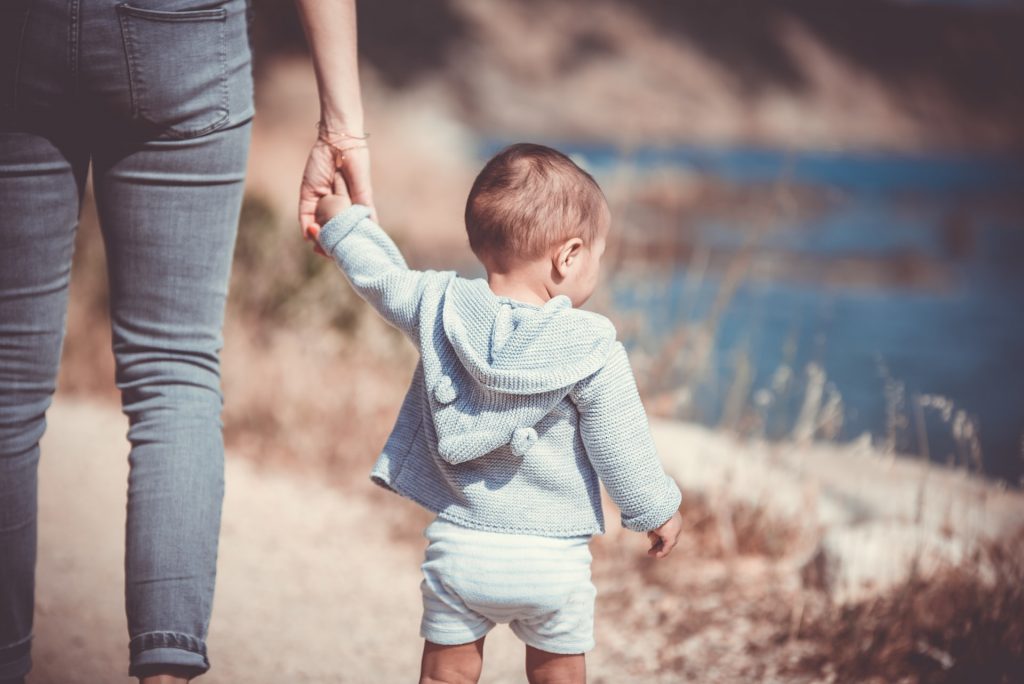
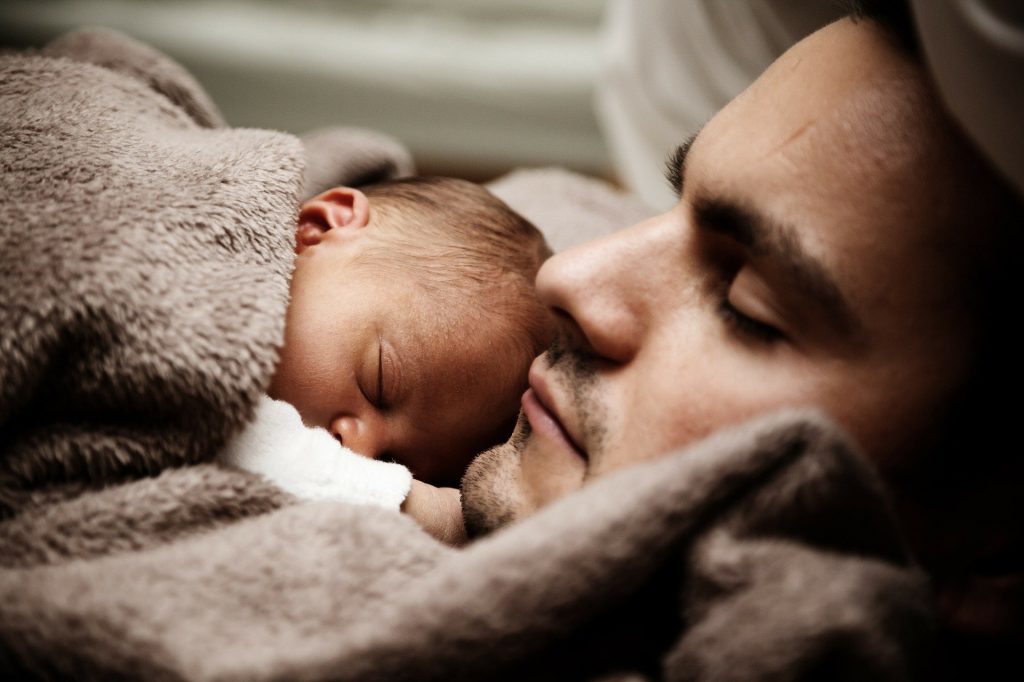
Four in ten Americans have considered becoming a foster parent. (US Adoption Attitudes Survey, 2022)
The main reason for foster parent consideration is to help a child in need. (US Adoption Attitudes Survey, 2022)
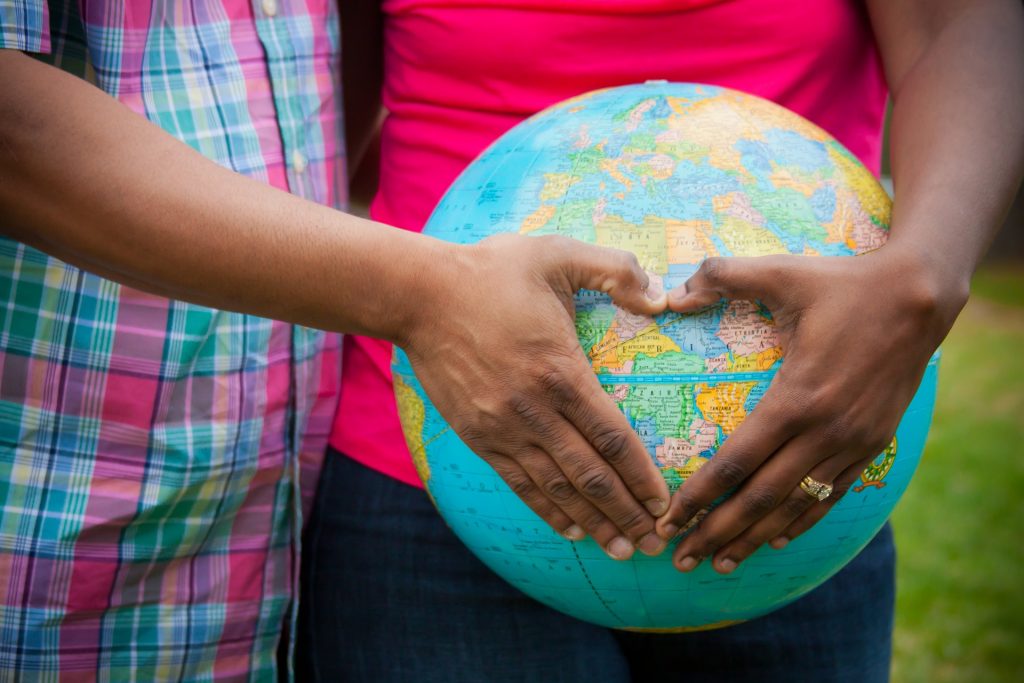
Although the process is long, complicated, and costly, more families choose to make this lifelong commitment.
Browse our curated list of vendors to find the best solution for your needs.
Subscribe to our newsletter for the latest trends, expert tips, and workplace insights!
To what extent do breast cancer patients struggle with financial toxicity while battling this illness? What factors contribute to this financial toxicity?
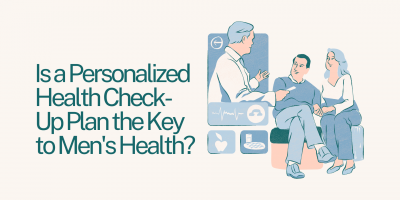
Exacerbated by societal expectations and stereotypes, the silent threats to men’s health persist, leading to higher rates of mortality and morbidity in this gender. Can personalized preventative care change this?

From the prevalence of obesity to sodium intake and children’s nutrition -explore over 60 nutrition statistics, shedding light on the impact of dietary habits on health and well-being.
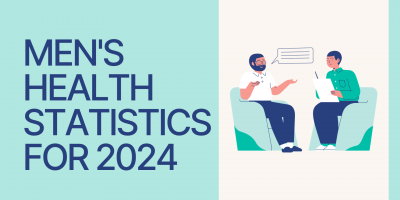
These vital men’s health statistics depict the importance of addressing men’s health issues and promoting holistic approaches to men’s healthcare.
Used by most of the top employee benefits consultants in the US, Shortlister is where you can find, research and select HR and benefits vendors for your clients.
Shortlister helps you reach your ideal prospects. Claim your free account to control your message and receive employer, consultant and health plan leads.